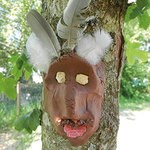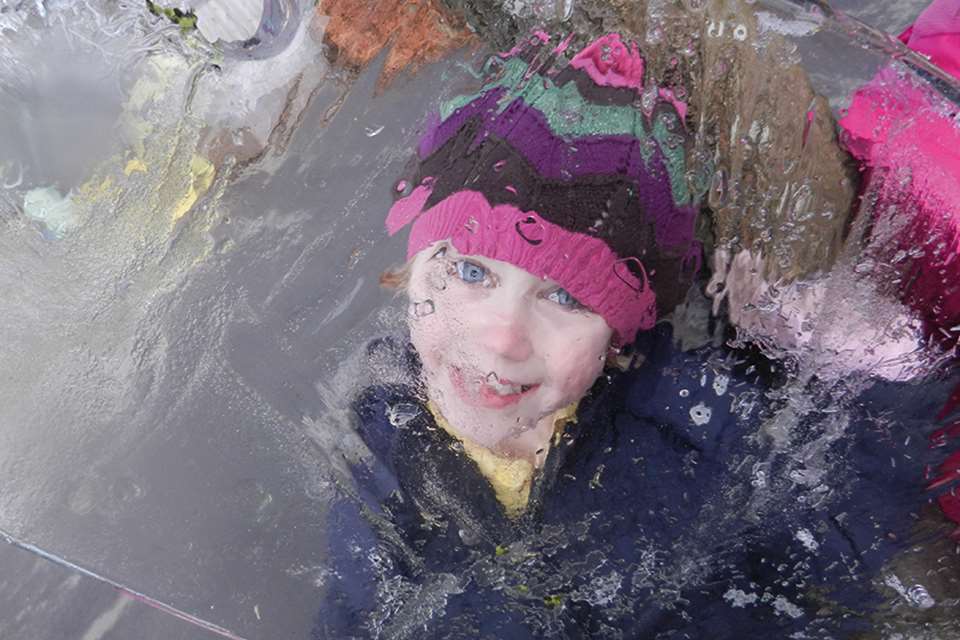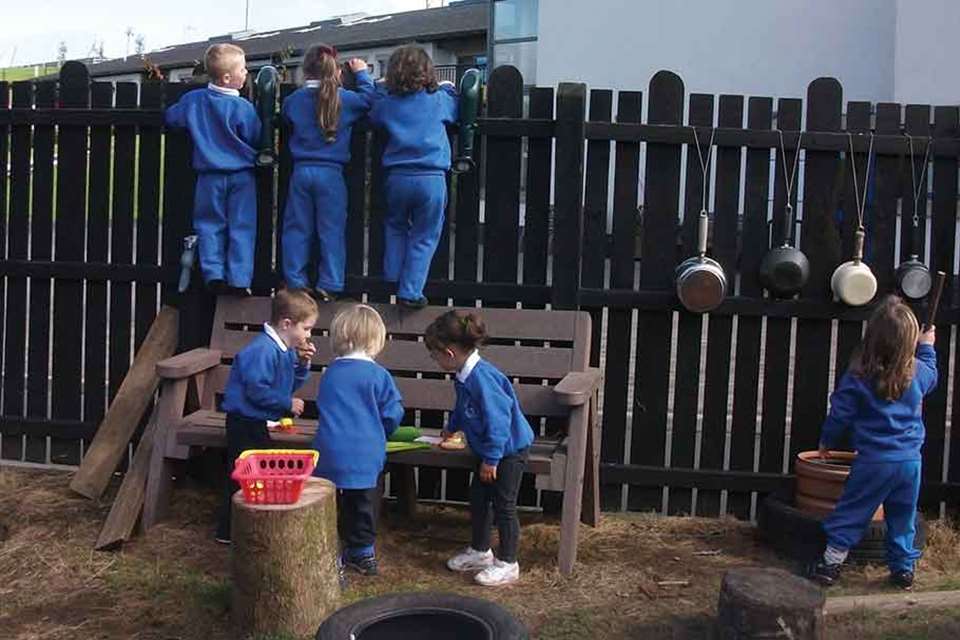EYFS Activities: Five things to do with… feathers
Julie Mountain
Monday, March 20, 2017
Simple bird feathers found on the ground can be used in a wide variety of ways, finds Julie Mountain

Feathery fun starts with a really generous feather collection; it’s worth investing in large bags of multi-coloured feathers from an educational supplier or craft shop – pound shops sometimes stock them too.
However, nothing quite beats ‘real’ feathers, found on the ground. Birds shed and regrow feathers all year round and children will enjoy collecting and cleaning them, ready to use.
1. MOVEMENT PLAY
There are many ways to use feathers to encourage movement play:
Tie a bundle of feathers to a long ribbon or string, attach to a stick and use in the same way as a gymnastic baton or ribbon – for drawing shapes in the air, leaping and bounding and twirling.
Throw feathers high into the air and encourage children to spring up to grab as many as they can before they float back to the ground, perhaps allocating a specific colour to each child.
Share the story of Icarus, then glue feathers to cardboard ‘wings’ (or use double-sided sticky tape in rows) so that children can flap and fly around the garden like the mythical Greek figure.
2. MUD GARGOYLES
 Examine pictures of ‘green man’ faces and study how they are decorated to make them look comical or fearsome. Press a fistful of mud onto a tree and use fingers to mould the facial features. Use the tips of the feathers to etch out delicate features, and then embellish the faces with feather headdresses or earrings, plus seeds, leaves and other natural objects.
Examine pictures of ‘green man’ faces and study how they are decorated to make them look comical or fearsome. Press a fistful of mud onto a tree and use fingers to mould the facial features. Use the tips of the feathers to etch out delicate features, and then embellish the faces with feather headdresses or earrings, plus seeds, leaves and other natural objects.
If you don’t have a ready supply of sticky mud, modelling-clay will work just as well.
3. BURYING THEM
If birds shed feathers all the time, how come the earth isn’t covered in a layer of feathers? Collect ten ‘real’ feathers. In a quiet, unobtrusive place, dig a hole around 15cm deep and wide. Line the bottom and the first 5cm of the sides with a couple of layers of foil and lay the feathers on top, noting how many you had. Refill the hole with soil and mark the location. Leave the feathers undisturbed for around six months, then dig them up – the foil will be there, so you can be sure you’ve dug down to the right depth: the feathers, however, will have completely decomposed.
Why have the feathers gone? Remember to take photographs throughout this activity to reflect on what might have happened.
4. FEATHER TRAILS
On a still day, use brightly coloured feathers to devise garden treasure trails. Choose locations that require children to look up and down – for example, hide feathers just under a stone, poking out from a pile of leaves, tied to a tree branch or a piece of play equipment.
Tell the children how many of each colour they need to find. Once all the feathers are found, the reward could be a bird story (or a chocolate egg…).
5. EPHEMERAL ART
Organise a scavenger hunt to collect masses of natural objects – dried leaves, small sticks, cones, acorns, pebbles, flowers and berries, as well as feathers, and work as a team to create a giant bird picture on the ground. Mark its outline with string or twigs, then fill in the picture using the found objects.
It’s unlikely there will be sufficient feathers to cover the whole bird, so what else could children use to ‘represent’ feathers? Remember to photograph the finished picture.
BENEFIT-RISK ASSESSMENT
Playing with feathers is not particularly hazardous and is huge fun, but use commonsense measures to reduce risks:
Ensure children wash their hands after handling ‘real’ found-on-the-ground feathers.
If a ‘found’ feather looks particularly grimy then don’t collect it. A small amount of dirt is fine, and can be washed off carefully back in the setting.
Store dry feathers in a watertight container to minimise dirt and dust.
Encourage children to keep feathers away from their own and their friends’ eyes, ears and noses.
Keep a small first-aid kit handy when searching for or playing with feathers (or other natural found objects). If a child is scratched with a found-on-the-ground feather, treat the scratch immediately to reduce the likelihood of infection.
Julie Mountain is director of Play Learning Life, www.playlearninglife.org.uk






